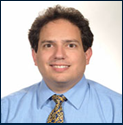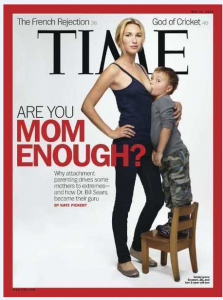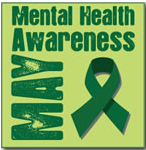Several recent studies have reported continued increases in the rates of both ADHD and autistic spectrum disorders.
For Autism, a new study from the CDC found an overall rate of 1 in 88 children (1 in 54 boys and 1 in 252 girls). This rate is much higher than the 1 in 155 reported in 2002. While the authors point out that the sample was not representative of the total US population (an important point missing in most media coverage), their similar sampling procedures compared to their previous estimates give some credence that the number of children with a  diagnosis is indeed rising. Among the states sampled, Utah was found to have the highest rate (21.2 per 1000 children). In addition, the level of intellectual disability among children with autism was 38%, lower than the widely held 50% level often quoted.
diagnosis is indeed rising. Among the states sampled, Utah was found to have the highest rate (21.2 per 1000 children). In addition, the level of intellectual disability among children with autism was 38%, lower than the widely held 50% level often quoted.
In ADHD, a similar trend has been found. A 2010 CDC study showed the ADHD rate increasing from 7.8% in 2003 to 9.5% in 2007. A recent study by Garfield also showed increasing number of ambulatory visits for ADHD.
What is going on? There are three main causes to consider when a study reports an increased rate of a disorder.
- The detection rate of the diagnosis is improving so more people are being identified
- The lower limit of what is considered a diagnosis is falling so more people qualify for a diagnosis
- The rate of the diagnosis is actually increasing
Of course, there is also a D) all of the above possibility. For Autism and ADHD, there is compelling evidence to suggest that both #1 and #2 are at play here with the main question being whether or not there is ALSO a real increase in the incidence of the disorder. The bottom line here is that we don’t know. However, even if we discount scientifically disproven links such as vaccines, other possible factors could contribute to increased rates such as increased parental age, environmental toxins, or even changes in assortative mating (i.e. the likelihood that parents will be similar in a trait, resulting in children with higher levels of that trait. I call that the Eharmony effect).
Further, is lowering the threshold of a diagnosis a good thing? This one depends a lot upon who you ask. Clearly, there is good evidence that individuals who just barely meet criteria for a diagnosis, or even have “subthreshold” symptoms, can still be suffering a great deal. At the same time, more diagnoses often mean more treatment and all the positive and negative ramifications of that.
Many people scoff at the idea of many if not most individuals meeting criteria for a psychiatric diagnosis at some point, but how many kids will have met criteria for a pulmonary or orthopedic diagnosis during their lifetime? Where is the outrage for that? Where are all the people claiming that asthma is a made up diagnosis created by drug companies?
One thing that could help a lot is getting past these yes/no dichotomies of a disorder. Measuring autism and ADHD quantitatively and in turn providing a quantitative response could go a long way towards reducing stigma and allocating the appropriate amount of resources to where they need to go.
References
Centers for Disease Control and Prevention. Increasing prevalence of parent-reported attention deficit/hyperactivity disorder among children: United States, 2003 and 2007. MMWR Morb Mortal Wkly Rep. 2010;59:1439–1443.
Centers for Disease Control and Prevention. Prevalence of autistic spectrum disorders: autism and developmental disabilities monitoring network, 14 sites, United States, 2008. MMWR Morb Mortal Wkly Rep. 2012;61: 1-19.
Garfield CF, et al. Trends in attention deficit hyperactivity disorder ambulatory diagnosis and medical treatment in the United States 2000-2010. Academ Pediatrics 2012:12:110-116.
 parents and clinicians.
parents and clinicians. 








